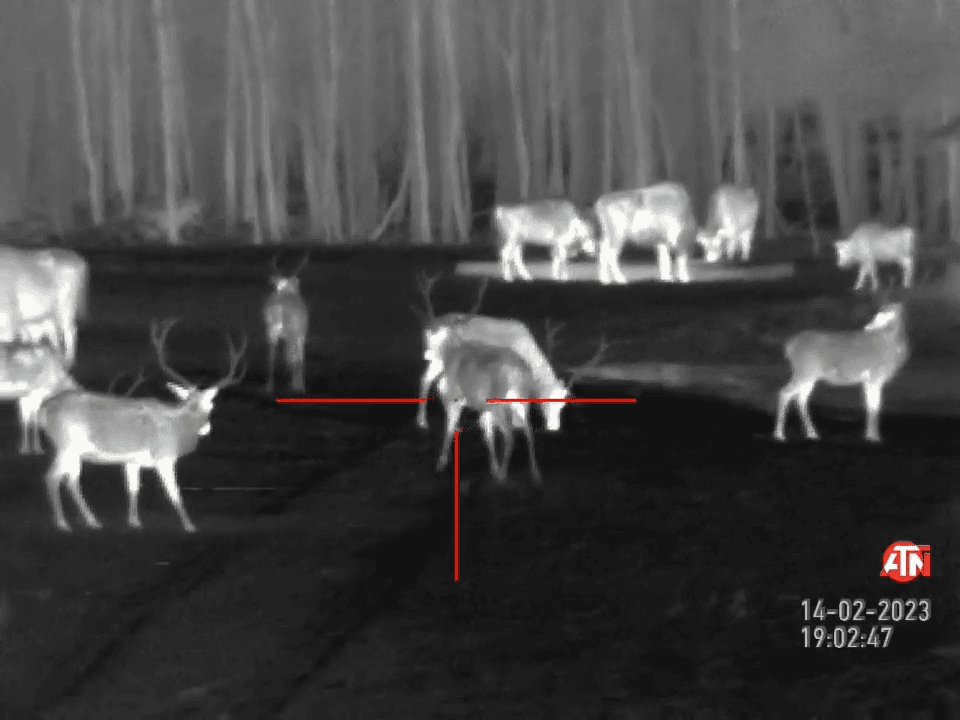
Det blev skabt af Toby Gard og dukkede først op i spillet Tomb Raider, udgivet i 1996. Lara Croft præsenteres som en kvindelig arkæolog, smart og atletisk, der ofte risikerer sit liv på steder fulde af farer - gamle ruiner, grave, hvor hun står over for mange fælder og gåder, såvel som et stort antal af en bred vifte af fjender - rivaliserende arkæologer, banditter, farlige dyr (inklusive dinosaurer) og mange mytiske væsner. I relanceringen af spillet i 2013 blev hovedpersonens karakter ændret kraftigt. Lara Croft blev gjort yngre, mere sårbar og mere som en rigtig person. Lara Croft betragtes som en væsentlig karakter i computerspilindustrien. Til ære for 15-årsdagen for det første Tomb Raider-spil blev der i november 2011 arrangeret en månedlang digital kunstudstilling af Lara Croft
Post: 5 January 09:32








































